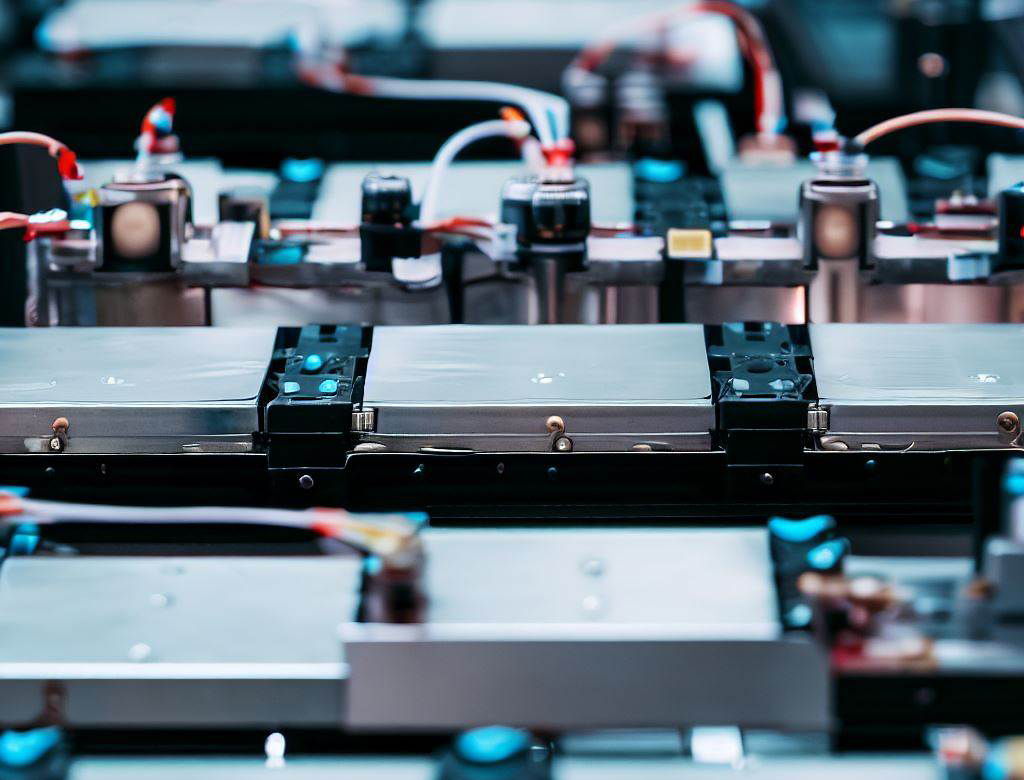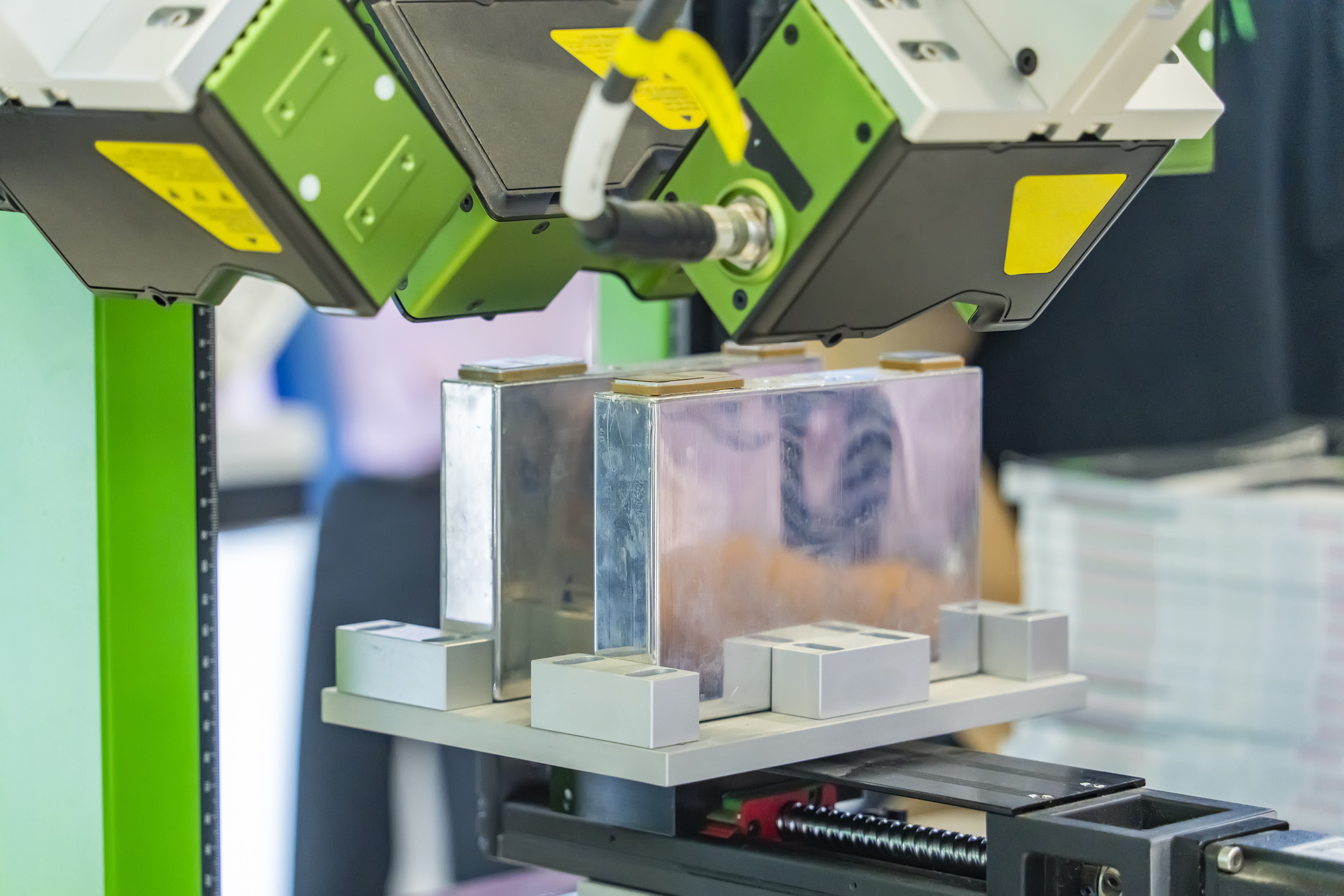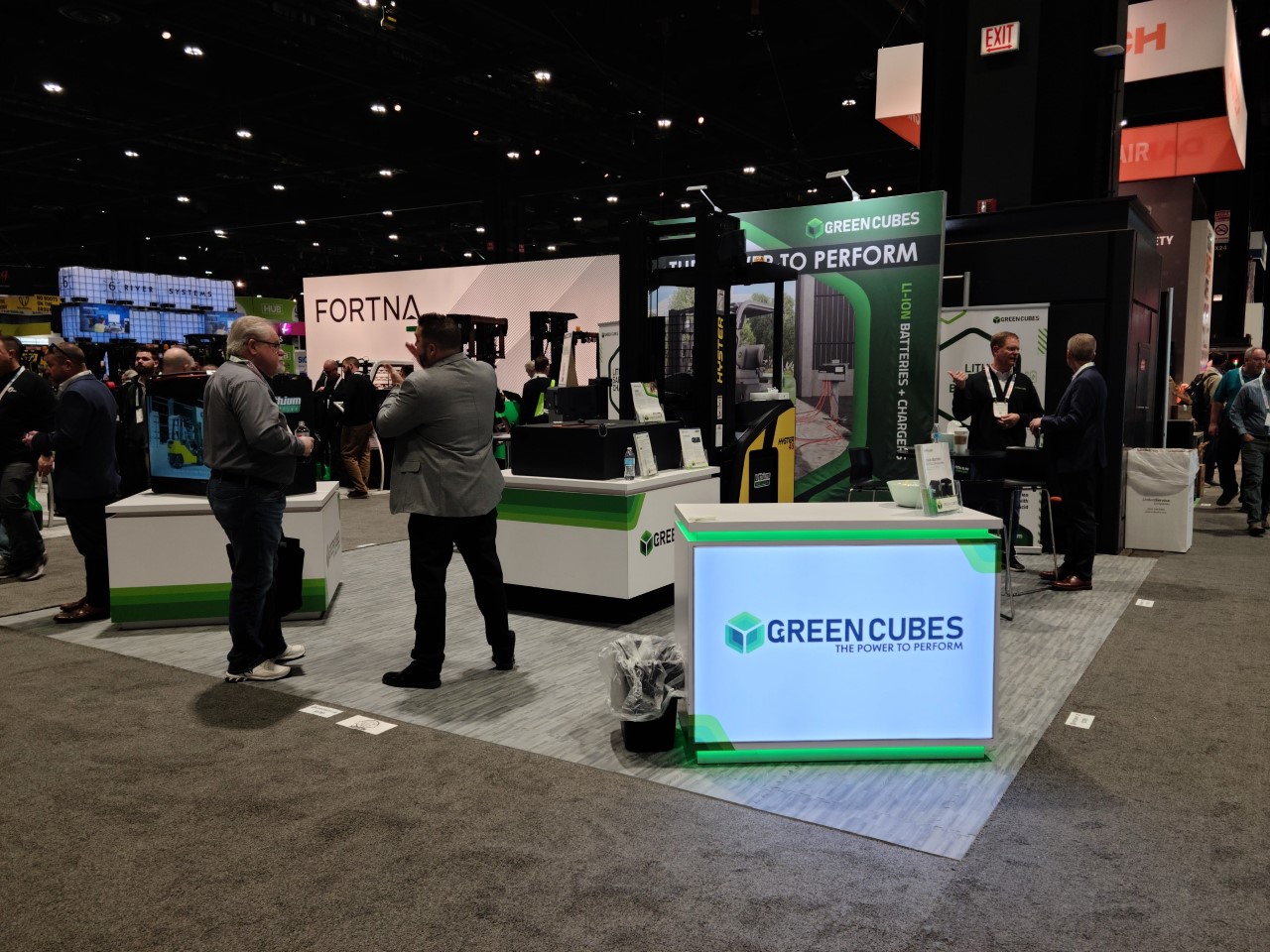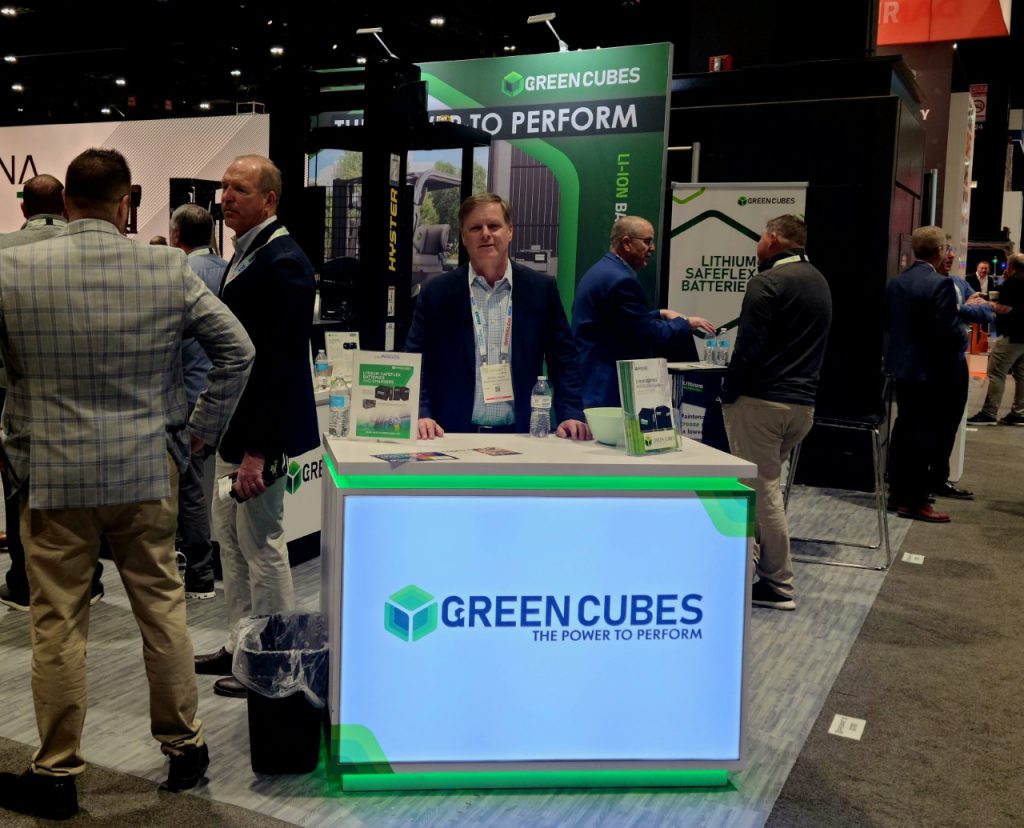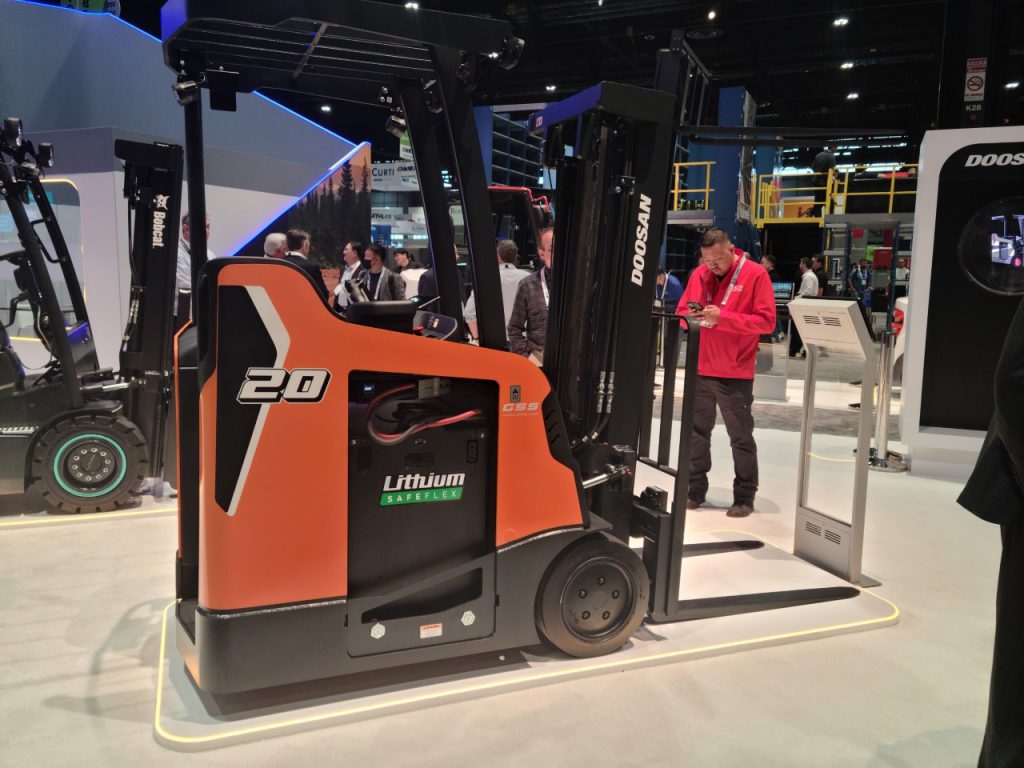In an era where sustainability is no longer an option but a necessity, lithium battery companies are playing a significant role. They’re developing solutions that are not only efficient and cost-effective but also environmentally friendly. At Green Cubes Technology, we’re proud to be part of this innovative and eco-conscious movement. This article will highlight key eco-friendly practices that lithium battery companies, including us, are adopting to build a greener future.
Lithium Battery Companies and Sustainability: The Current Landscape
The Green Revolution in the Battery Industry
The world is witnessing a green revolution, and the battery industry is no exception. As one of the leading lithium battery companies, we’re embracing this change wholeheartedly, developing lithium forklift batteries and industrial lithium batteries that prioritize both performance and environmental responsibility.
The Shift Towards Lithium
The shift from traditional lead-acid batteries to lithium-ion technology is more than just a technological upgrade – it’s a step towards sustainability. This shift is evident across several industries, including the aviation ground support equipment industry and the manufacturing operations industry, where the demand for lithium ion forklift batteries and other lithium-powered solutions is rapidly increasing.
How Lithium Batteries Contribute to Sustainability
Longevity and Efficiency
Let’s start with why lithium batteries are such a big deal when it comes to sustainability. First, a battery that lasts longer and works more efficiently is a win-win. You’re getting more bang for your buck and making a smaller dent in our planet’s resources. That’s exactly what lithium batteries bring to the table.
Compared to their lead-acid cousins, lithium batteries are like the Energizer bunny – they keep going and going. This means fewer replacements over time. And fewer replacements translate into less waste. You’re not chucking out old, spent batteries left and right, and that’s a big thumbs up for the environment.
Then there’s efficiency. Lithium batteries are like the marathon runners of the battery world. They can store more energy and deliver it more effectively than other types. This is great news for applications that need a lot of power, like electric vehicles or renewable energy systems. The more efficiently these systems can run, the smaller their carbon footprints. That’s another point for Team Green.
No Memory Effect
You might have heard of something called the memory effect. It’s a bit of a problem for some types of batteries, like the nickel-cadmium ones. Here’s the deal: these batteries can “forget” their full capacity over time. If they’re not fully discharged before being recharged, they might remember the lower capacity and stick to it. This means they can’t hold as much energy as they used to.
But lithium batteries? They don’t have this problem. They’re like elephants – they never forget. This means they keep their full capacity throughout their life. And a battery that can hold more energy for longer means you don’t need to replace it as often. And less frequent replacements, as we’ve already covered, equals less waste. It’s another way that lithium batteries are doing their part to keep our operations green and sustainable.
Addressing the Recycling Challenge
The Importance of Recycling
Now, I can’t stress this enough: recycling batteries is a must for keeping our operations sustainable. It’s like a golden key that unlocks a lot of doors for us. With the skyrocketing demand for batteries, especially the lithium kind – you know, the kind used in electric vehicles and renewable energy storage systems – we simply can’t afford to ignore recycling.
Think about this: recycling batteries helps us cut down on the need for raw materials. That’s a big deal because materials like lithium, cobalt, and nickel aren’t exactly growing on trees. By giving used batteries a new lease on life, we can salvage these precious materials and put them back in the production line, which means less mining and more reusing.
Next up, recycling is a big-time energy saver. Getting materials from used batteries tends to be less of an energy hog than extracting the same stuff from ore. Less energy used equals smaller carbon footprints, which equals a happier planet.
Finally, we’ve got to consider pollution and greenhouse gas emissions. Batteries that get tossed in the trash can end up in landfills or incinerators, potentially releasing nasties into the environment. But when we recycle, we get to sidestep these environmental no-nos and contribute to a greener, cleaner world.
Lithium Battery Recycling Process
So, we’ve established that recycling lithium batteries is a good thing. But how does it work? Right now, it’s not as common as recycling lead-acid batteries, but we’re seeing some exciting progress in this area.
Lithium battery recycling can involve a few different processes. There are mechanical processes – think shredding batteries and sorting the pieces by their physical properties. Then there are hydrometallurgical processes (that’s a fancy term for water-based chemistry) and pyrometallurgical processes (or heat-based methods), both of which use chemical reactions to retrieve valuable materials from batteries.
This field is constantly evolving, with new breakthroughs cropping up all the time. Researchers are busting their humps to find more efficient, effective ways to recycle lithium batteries. This includes everything from more cost-effective and eco-friendly processes, to upping the quality of the recovered materials, to figuring out how to recycle every last bit of the battery.
Innovative Technologies for a Greener Future
The Sustainability Showdown: Lithium Ion vs Lead Acid
So, if we had to pick a winner in the sustainability contest between lithium-ion and lead acid batteries, who would it be? Well, folks, it looks like lithium-ion takes the trophy. Let’s break down why.
First off, lithium-ion batteries are energy efficiency champions. They can store more energy and deliver it more consistently than lead acid batteries. This means they can power our gadgets and vehicles more effectively, which is a big plus for reducing our overall energy consumption.
Secondly, lithium-ion batteries have a life expectancy that would make a Galapagos tortoise jealous. They last longer than lead acid batteries, meaning they don’t need to be replaced as often. This cuts down on waste and conserves resources.
But what about recycling, you ask? Good question. While lead acid batteries are currently recycled more frequently than lithium-ion, the tide is beginning to turn. New advances are making lithium-ion battery recycling more practical and efficient. So, while there’s still progress to be made, the future is looking brighter.
The Next Big Thing: Solid-State Lithium Batteries
Speaking of the future, let’s talk about something exciting on the horizon: solid-state lithium batteries. These are like the next generation of lithium-ion batteries, but instead of using a liquid electrolyte, they use a solid one.
Why does this matter? Well, solid-state batteries promise to be even safer and more efficient than their liquid counterparts. They’re less likely to overheat and could potentially store even more energy.
This could be a game-changer for applications that require a lot of power, like electric cars or renewable energy systems. By making these systems even more efficient and safe, we’re taking another step towards a sustainable future.
Green Cubes Technology: Leading the Charge Towards a Sustainable Future
At Green Cubes Technology, we’re not just another name in the lithium battery industry. We’re a part of the solution to environmental challenges. We’re not just about making batteries; we’re about making a difference.
From the moment we design our batteries to the end of their life cycle, sustainability is at the forefront of our minds. Whether it’s manufacturing industrial lithium ion batteries or innovating advanced recycling processes, we’re committed to reducing our environmental footprint every step of the way.
Our dedication to sustainability doesn’t stop with eco-friendly practices. It’s woven into the very fabric of our products. Our lithium battery solutions, including our state-of-the-art lithium forklift batteries and industrial lithium batteries, are specifically designed with the future of our planet in mind.
We’re not just your run-of-the-mill industrial battery manufacturers. We’re pioneers pushing the boundaries of technology for a cleaner, greener future. We believe that our advanced lithium battery solutions are more than just a way to power your operations; they’re a way to power positive change.
Final Thoughts
The commitment of lithium battery companies to sustainability is a testament to the industry’s recognition of its environmental responsibilities. And as a part of the lithium battery industry, Green Cubes Technology recognizes the importance of sustainable practices and continues to innovate in this area. We are committed to providing high-quality, long-lasting, and efficient power solutions that help our customers meet their operational goals while also contributing to a greener future.
Are you ready to play your part in this sustainable future? Explore Green Cubes Technology’s range of sustainable lithium battery solutions and discover how your business can benefit from our cutting-edge technology. Remember, every step towards sustainability is a step towards a better future for us all.

